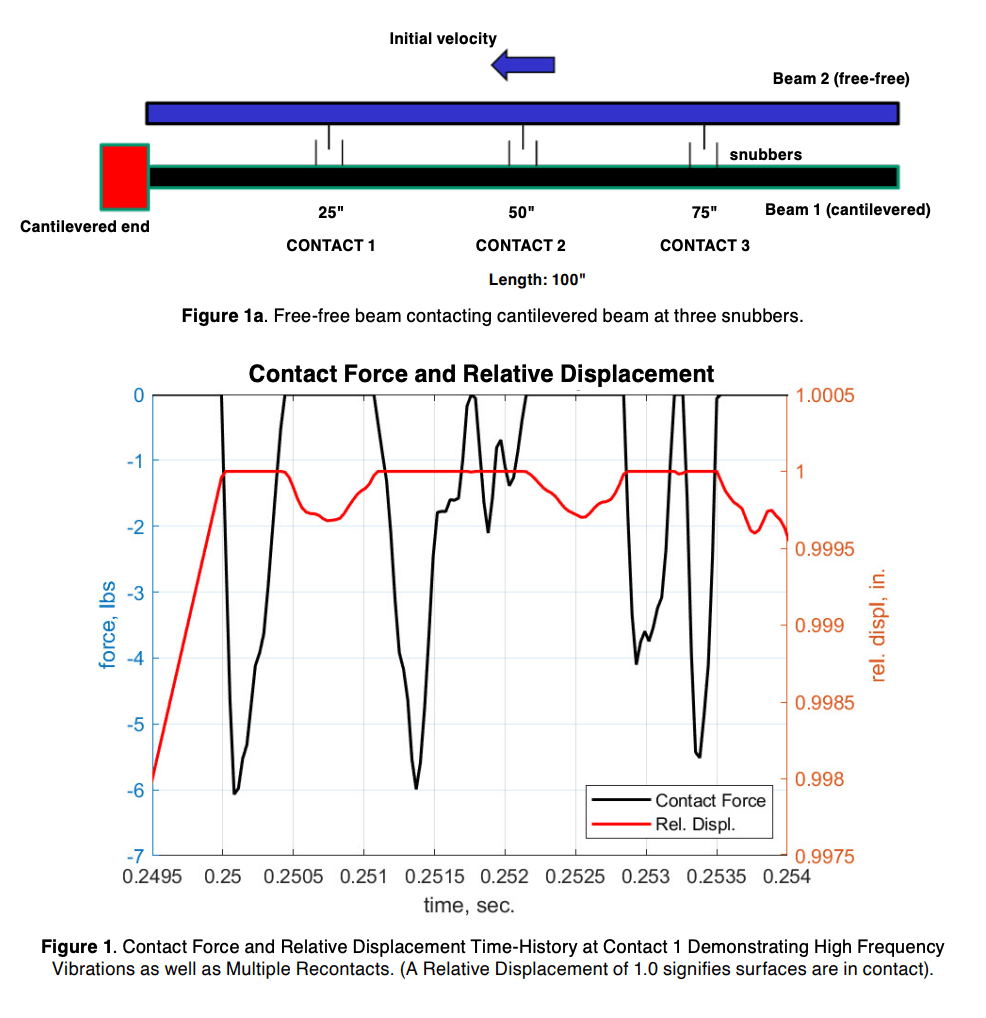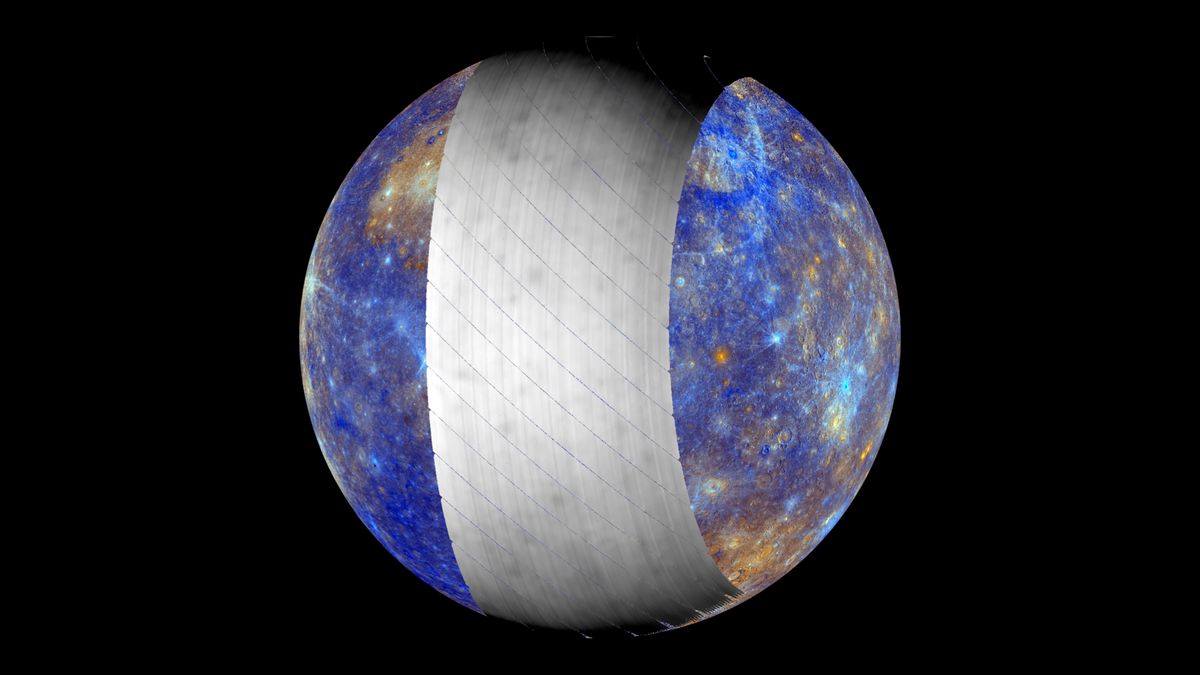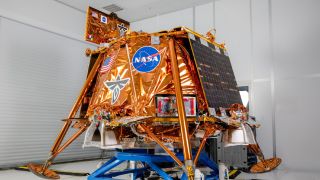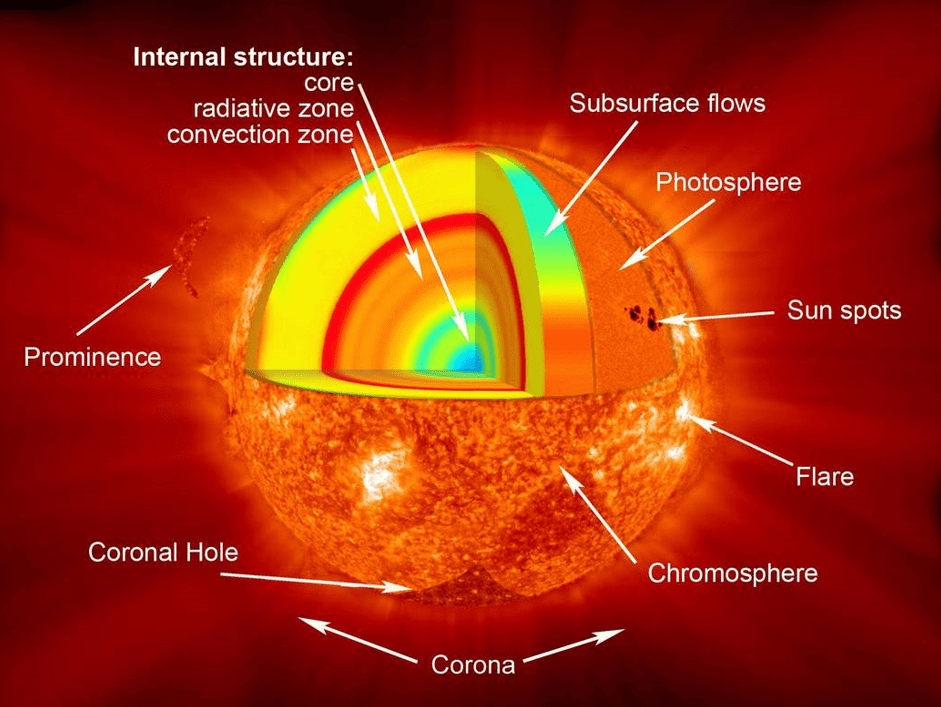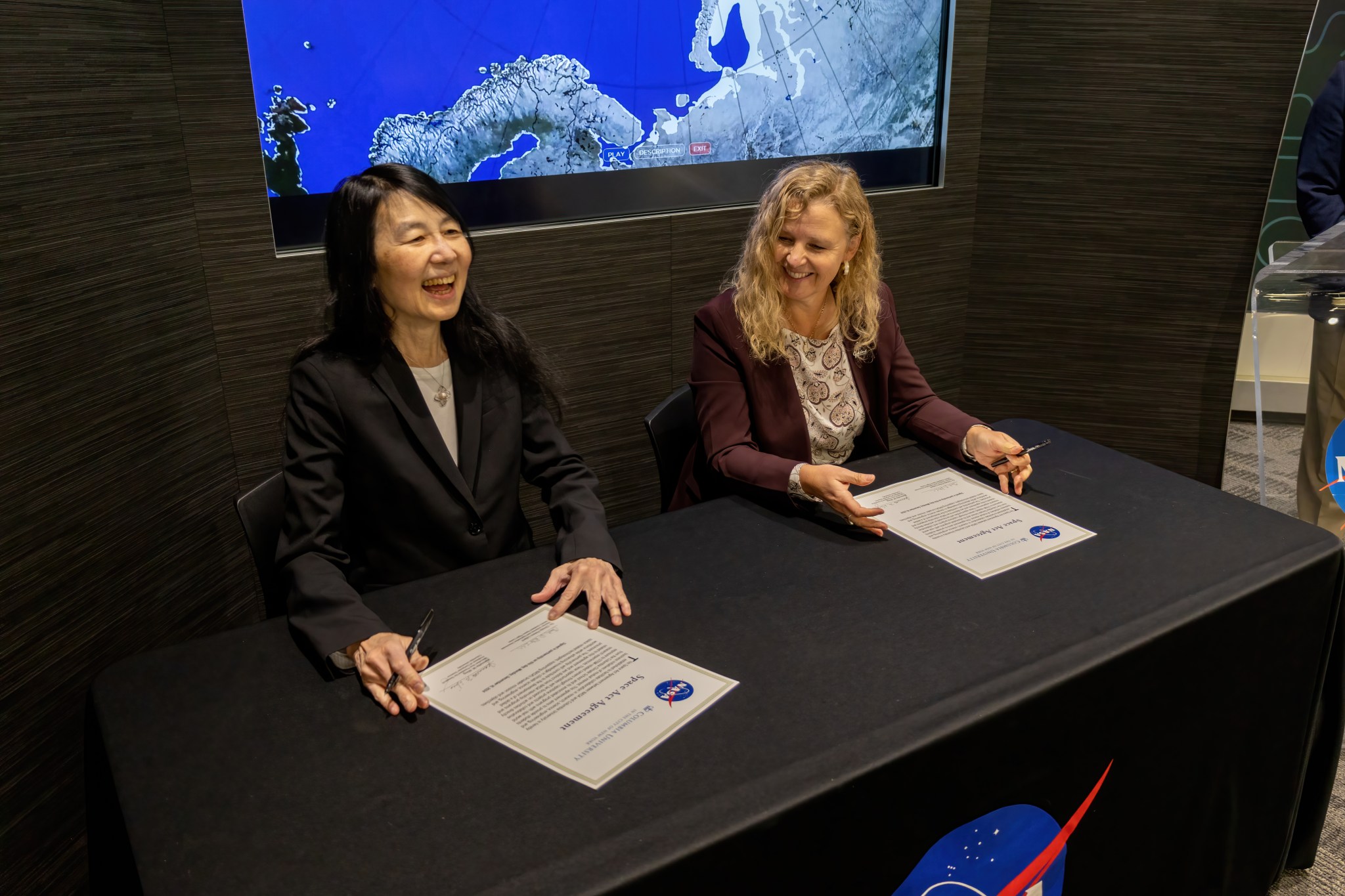The new DC Universe might have technically already launched earlier this month with Max’s animated series “Creature Commandos,” but that was just an appetizer for the Big Blue Boy Scout as he swoops in for the first official trailer today for director James Gunn’s “Superman.” Starring David Corenswet as the iconic Man of Steel, “Superman” (previously titled “Superman: Legacy”) strikes multiplexes on July 11, 2025 as the premiere DCU feature film delivered under James Gunn and Peter Safran’s newly-minted DC Studios leadership and expansive vision. This provocative preview represents 18…
Read MoreMonth: December 2024
Contact Dynamics Predictions Utilizing theNESC Parameterless Contact Model
Download PDF: Contact Dynamics Predictions Utilizing theNESC Parameterless Contact Model Modeling the capture of the Mars Sample Return (MSR) Orbiting Sample (OS) involves understanding complex dynamic behavior, which includes the OS making contact against the interior of the capture enclosure. The MSR Program required numerical verification of the contact dynamics’ predictions produced using their commercial software tools. This commercial software used “free” parameters to set up the contact modeling. Free parameters (also known as free variables) are not based on contact physics. The commercial contact model used by MSRrequired seven…
Read MoreBepiColombo spacecraft flies by Mercury, sees volcanic plain and impact craters
BepiColombo just imaged Mercury in a whole new light — mid-infrared light, to be precise. On the spacecraft’s fifth flyby of Mercury earlier this month (out of a planned six flybys) BepiColombo pointed its Mercury Radiometer and Thermal Infrared Spectrometer (MERTIS) at a swath of Mercury’s northern hemisphere. Mid-infrared light is invisible to human eyes, but it carries a wealth of information about the mineral makeup and temperature of very hot rocks like those on Mercury’s sun-baked surface. The Dec. 1 flyby marked the first time scientists have ever seen…
Read MoreNASA Names Carlos Garcia-Galan as Gateway Program Deputy Manager
Official portrait of Carlos Garcia-Galan, deputy manager for the Gateway Program. NASA/Bridget Caswell NASA has selected Carlos Garcia-Galan as deputy manager for the Gateway Program. Garcia-Galan previously served as manager of the Orion Program’s European Service Module Integration Office at Glenn Research Center. “I am tremendously excited to take on this new role and help lead development of humanity’s first outpost in deep space,” Garcia-Galan said. “I’m honored to join a top-class Gateway team around the world, as the first elements of the complex move toward completion.” Garcia-Galan brings more…
Read MoreProgram Manager at NASA Glenn Earns AIAA Sustained Service Award
1 min read Preparations for Next Moonwalk Simulations Underway (and Underwater) Christopher Pestak Credit: NASA Christopher Pestak, program manager of the Glenn Engineering and Research Support (GEARS) contract at NASA’s Glenn Research Center in Cleveland, has received the 2025 Sustained Service Award from the American Institute of Aeronautics and Astronautics (AIAA). This award recognizes AIAA members who have given their time, dedication, and efforts in service to AIAA, the aerospace community, and the engineering profession. Pestak oversees and coordinates the efforts of 350 contractor employees performing a wide range of scientific,…
Read MoreSpaceX will launch Firefly Aerospace’s Blue Ghost lander to the moon in mid-January with these 10 NASA payloads
Firefly Aerospace’s first mission to the moon is nearly ready to fly. The company’s Blue Ghost lunar lander arrived at NASA’s Kennedy Space Center (KSC) in Florida on Monday (Dec. 16) for integration with the SpaceX Falcon 9 rocket that will launch the robotic probe — as well as the private Japanese moon lander Resilience — to space. Blue Ghost Mission 1, named Ghost Riders in the Sky, is scheduled to launch sometime within a six-day window that begins no earlier than mid-January. Firefly was chosen for the mission through…
Read MoreNASA Knows: How Does the Sun Behave? (Grades 5-8)
This article is for students grades 5-8. The Sun is the star of our solar system. Its gravity holds Earth and our planetary neighbors in its orbit. At 865,000 miles (1.4 million km) in diameter, it’s the largest object in our solar system. On Earth, its influence is felt in our weather, seasons, climate, and more. Let’s learn about our dynamic star and its connections to life on Earth. What is the Sun, and what is it made of? The Sun is a yellow dwarf star. It is approximately 4.5…
Read MoreNASA, Columbia U. Enact Collaborative Space Act Agreement
Dr. Jeannette Wing and Dr. Christa Peters-Lidard sign a collaborative Space Act Agreement at NASA’s Goddard Space Flight Center on Monday, Dec. 16, 2024. NASA/Travis Wohlrab NASA’s Goddard Space Flight Center in Greenbelt, Maryland, and Columbia University in New York, New York, enacted a collaborative Space Act Agreement to advance research and education opportunities during a signing ceremony Monday, Dec. 16, at Goddard. Presiding over the ceremony were Dr. Christa Peters-Lidard, director of Goddard’s Sciences and Exploration directorate, and Dr Jeannette Wing, executive vice president for research and professor of…
Read MoreNASA’s Spot the Station App Developed by and for the People
3 min read Preparations for Next Moonwalk Simulations Underway (and Underwater) The Spot the Station app was developed in collaboration with the public through a series of crowdsourcing competitions. NASA With more than 25 years of operations, the International Space Station continues to symbolize discovery and cooperation for the benefit of humanity. Since 2012, observers have interacted with the space station through NASA’s Spot the Station website, a web browser-based tool that includes interactive maps for users to track the station and find viewpoints closest to their location. A decade…
Read MoreChandra and Webb Spy a Cosmic Wreath
NGC 602 is a star cluster that lies on the outskirts of the Small Magellanic Cloud, one of the closest galaxies to the Milky Way. This image combines X-rays from NASA’s Chandra X-ray Observatory and infrared data from NASA’s James Webb Space Telescope (JWST).
Read More
